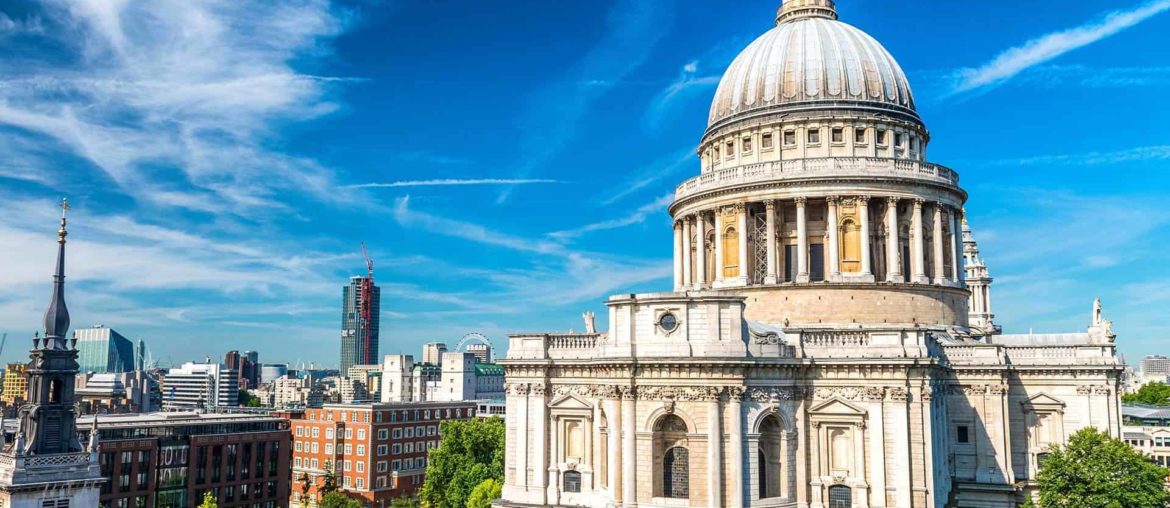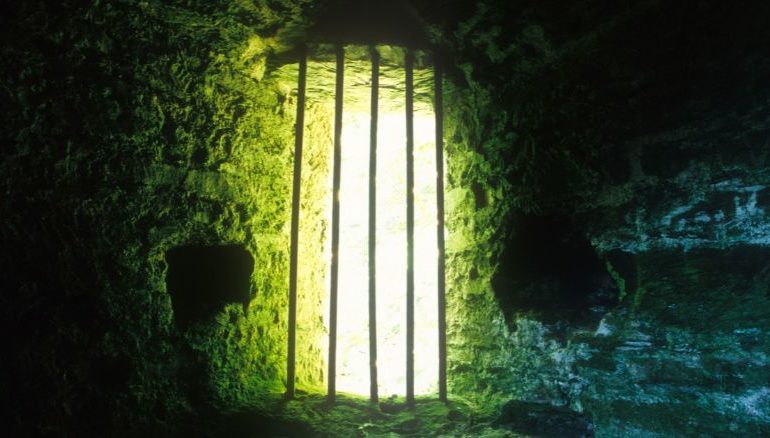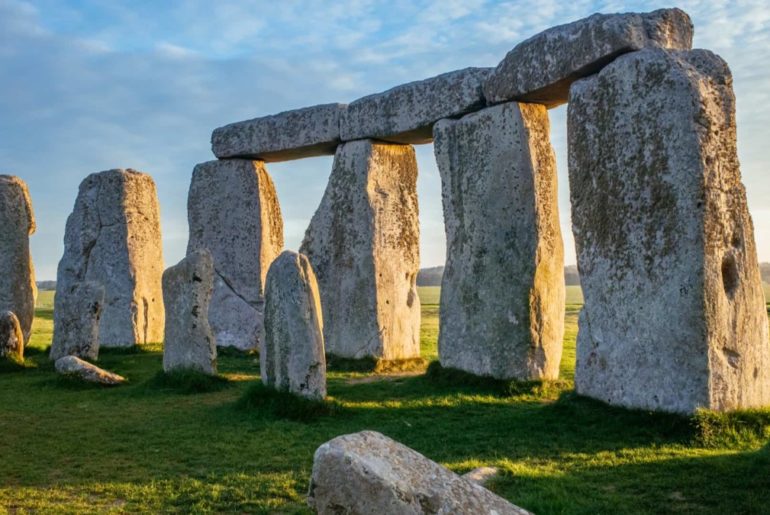As one of London’s most iconic landmarks, St Paul’s Cathedral needs no introduction. But, by venturing inside and behind the scenes, visitors can gain a far greater appreciation for the magnificence of this building.
We spoke with knowledgeable guide Chris Allen, who has led tours of St Paul’s Cathedral for over a decade, to find out what makes this monument so enduringly fascinating to visitors from all over the world.
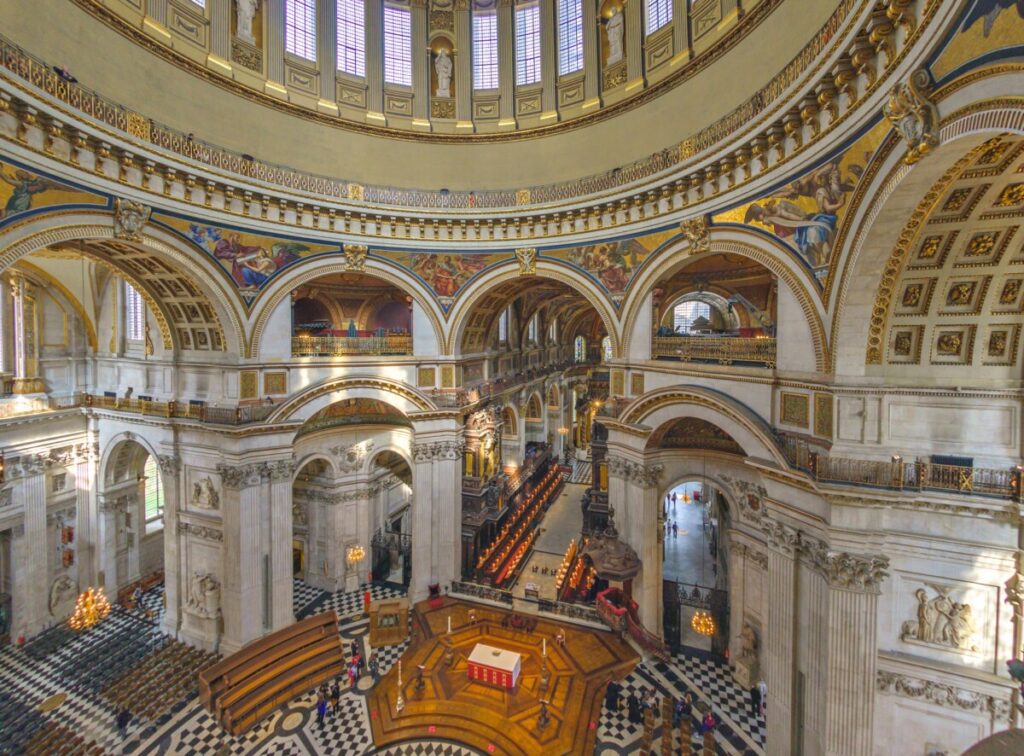
Evan Evans: What do you think makes St Paul’s Cathedral draw in so many visitors?
Chris Allen: “St Paul’s is a symbol of the London skyline. On the night of the Blitz in December 1940, people thought St Paul’s had caught fire, but it hadn’t, and they saved it, so the cathedral became this great symbol of the indomitable spirit of London. It’s a place of celebration and national spirit.
When you come out of St. Paul’s station, you catch a glimpse of the east end, then when you turn right and see the golden pineapples on top of the west-end towers, you’re completely struck by it. St Paul’s is a magnet for tourists. It’s pretty much on everyone’s to-do list when they come to London, and we welcome that. We hope we can open people’s eyes to what the cathedral is really like.”
What makes St Paul’s so significant in London’s history?
“It’s completely unique as the only cathedral we have in the Baroque style. This style was popular in Europe in the 17th century and attracted Christopher Wren, particularly after he visited Paris. He was struck by the work of the architects who were commissioned to rebuild the city.
This type of architecture and its domes really appealed to him for its proportions, angles and graceful curves. There’s an awful lot of that here. When the Great Fire destroyed St Paul’s, Wren was appointed by the king to propose an alternative. After one or two shaky starts, he designed a truly baroque domed cathedral. This Baroque style has been described as classical architecture with attitude.”
When people visit, what can they experience?
“As well as enjoying the magnificent architecture, they can climb up to the galleries. The Whispering Gallery has a rather special characteristic, never intended by Wren, in which the dome concentrates sound; as you talk into the wall, you hear the sound on the other side. You can then climb higher up to get the most magnificent view of London. From the Golden Gallery, you can see all the way across London; the 550-odd steps are worth it.
There are also pieces of modern art dotted around. We have the most incredible Pre-Raphaelite painting by William Holman Hunt called The Light of the World, which was placed here in 1906 after being exhibited all over the globe. It’s an incredibly important painting, and we have it here in the cathedral.
You can hear one of the world’s best choirs at the services. The cathedral also provides an interesting history lesson through memorials to the great and the good, the soldiers and the artists of the last 300 years.
Do you think people get more from the experience of a guided tour?
“It’s a great opportunity to have the place explained. Each tour guide loves St Paul’s and has their own set of stories to tell. I think the great delight of being a guide is sharing your enthusiasm with a group of people who perhaps haven’t seen the cathedral before.
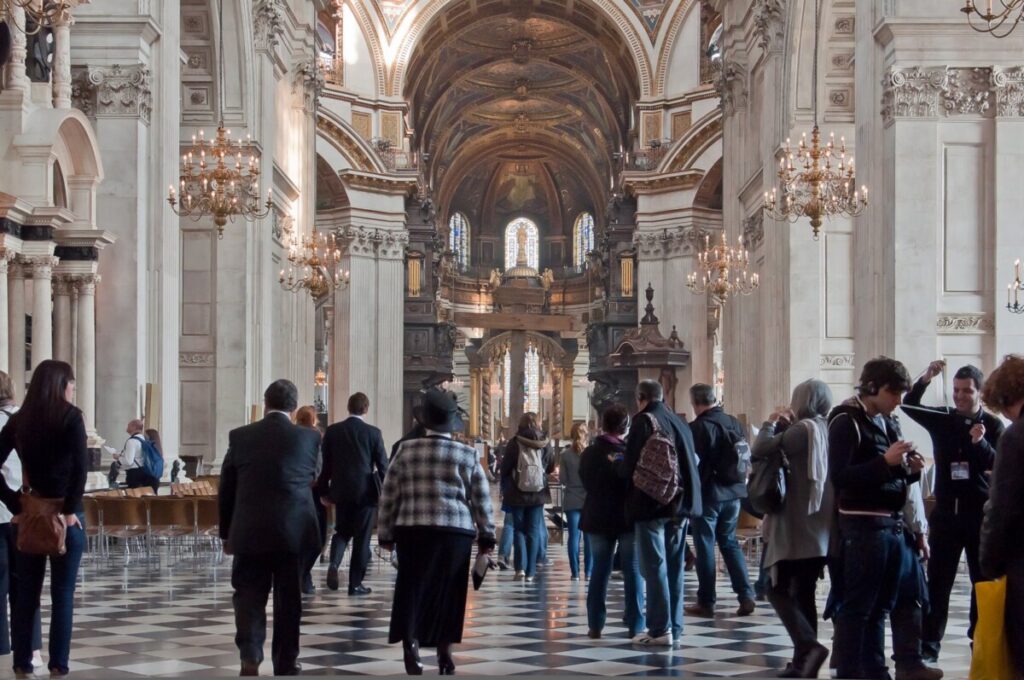
What do you like most about London?
“I think it’s the finest city in the world. It’s one of the world’s most interesting cities, which in the last 20 years, has been transforming itself. It’s a culturally vibrant and diverse city with lots to do. You can go to Kew Gardens or Covent Garden, shopping in the West End or the City of London, where you can look around places like this. London is a beautiful city.”

